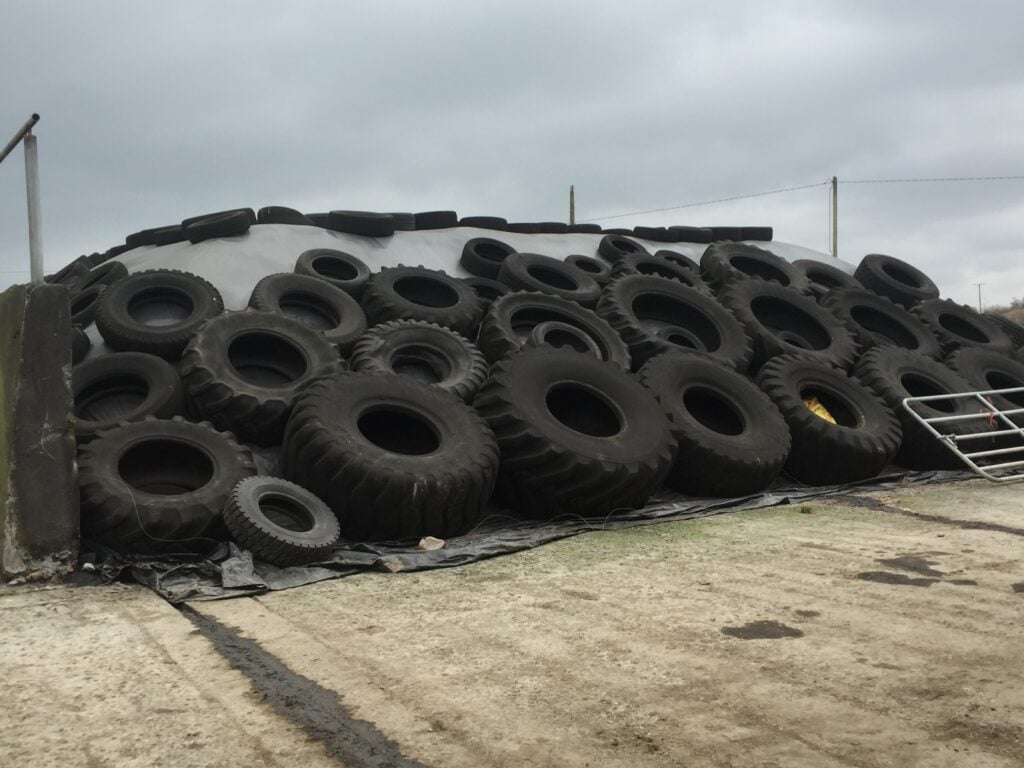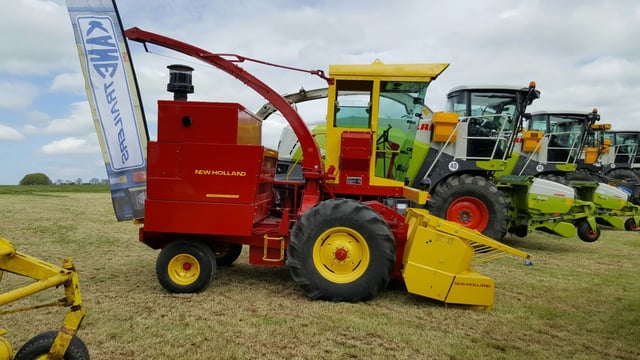Sponsored Article
Are you packing your silage pit enough?
Sponsored Article

Many farmers do not pack their silage pit enough and, as a result, the quality of silage produced may be reduced.
Failing to pack or consolidate the clamp (pit) properly can lead to reduced fermentation, more waste and increased aerobic instability problems at feed-out.
Therefore, squeezing out as much air as possible out of the clamp and achieving the correct clamp density is important.
As part of Cut to Clamp, a new initiative from Volac which aims to help farmers make consistently better silage, we take a look at the important steps to get right when packing your silage pit.
Why is it important to consolidate your clamp?
Consolidating or packing the pit is important as it removes any oxygen pockets that may be present between the layers of grass.
Removing these air pockets is necessary as the fermentation and preservation process needs an oxygen-free environment to occur.
Often, silage isn’t consolidated enough simply because trailers are arriving at the clamp too quickly and grass is not spread properly.
For a grass silage at 30% Dry Matter, aim for a target silage density of 250kg of Dry Matter/m³ or 750kg/m³ in fresh-weight terms.
Also, avoid over-filling the clamp as once clamps are filled above the wall level the density drops.
Sealing the pit
Once the pit has been consolidated, sealing the clamp will stop oxygen from entering the pit. This is important for fermentation and aerobic stability.
It is advisable to use side sheets and to leave a good overlap with the top sheep of preferably 1.5m.
Once the clamp is filled, the side sheets should be folded in, an oxygen barrier film placed on top and then a top sheet fitted.
Farmers also need to ensure that as much weight is placed on top of the clamp as possible. This weight maintains better density in the weakest part of the clamp – which is the top.
Special care should also be given to the opening of the pit (ramp) and at least half a metre of extra silage sheet at the front of the clamp is needed.
This sheet should be weighed down to prevent any carbon dioxide from exiting the clamp or any oxygen from entering.
This post is sponsored by Volac as part of its new Cut to Clamp initiative, which aims to raise the profile of good silage as a vital part of modern farming.
Sponsored Article






